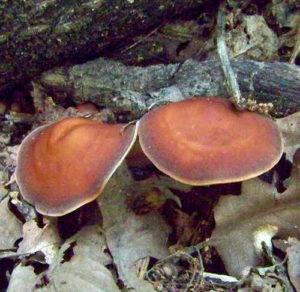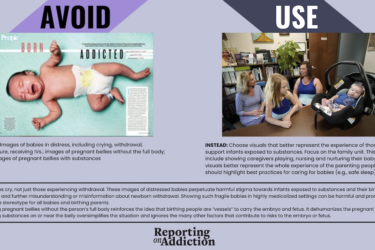
During Election 2020, Oregon became the first state to approve the use of psilocybin, the active ingredient in more than 100 different species of wild psilocybin mushrooms, as a mental health treatment done in certified therapeutic settings. Last year, District of Columbia voters also decriminalized these wild, “magic” psychedelic mushrooms, a hallucinogen popularly known as a recreational drug.
Denver in 2019 became the first U.S. city to decriminalize mushrooms, and the federal Food and Drug Administration approved the first psychedelic, esketamine, to treat psychiatric disorders, including major depression that didn’t improve through previous use of other anti-depressants. Because of its psychedelic effects and potential to trigger suicidal ideation, dissociation disorders and other serious side effects, esketamine legally can be administered as a nasal spray only in a certified medical office and in conjunction with an oral anti-depressant. Trademarked as Spravato, esketamine is a more potent form of the anesthetic ketamine, which also is used to treat depression.
Amid a renewed push for psychedelic-based mental health treatment — the federal government banned that research area in 1970 — Johns Hopkins University opened its now year-old Center for Psychedelic and Consciousness Research. Its researchers reported in JAMA Psychiatry in November 2020 that psilocybin improved moderate to severe depression faster, more substantially and with more sustained relief than conventional anti-depressants. Noting the limitations of the randomized clinical trial (just 24 patients were enrolled), researchers cautioned that more research is needed; but the results mirrored previous studies of psilocybin, including ones testing its efficacy in treating depression in, among others, cancer patients.
Other psychedelics, including ecstasy (3,4-methylenedioxymethamphetamine or MDMA) and LSD (lysergic acid diethylamide), continue to be investigated as viable treatments for alcohol and substance abuse, smoking, anxiety, post-traumatic stress disorder related to everything from military combat to sexual assault, and behavioral disorders that include attention deficit hyperactivity disorder and eating, mood and oppositional disorders.
The growing use of psychedelics has even sparked another clinical workforce, certified psychedelics therapists. Still, there are several unanswered questions about this area of emerging medicine, including which patients will have access to psychedelic therapies. Neither Medicaid, Medicare, nor most private insurance companies now pay for esketamine treatments. Its per-session wholesale cost is $590 to $885. The watchdog Institute for Clinical and Economic Review (ICER) has said the benefits of esketamine don’t merit its price tag: “ICER’s evaluation of long-term cost-effectiveness found that the fair value-based price benchmark for esketamine is between $17,700 and $25,200 per year, a range that would require a 25% to 52% discount from the announced list price of $32,400.” That institute’s same analysis also cited what other researchers contend are the psychedelic’s lack of proven long-term benefits.
Additional resources
- Multidisciplinary Association for Psychedelic Studies, among other things, conducts research; trains clinicians, collaborates with other organizations to shape laws surrounding psychedelics and raises awareness of centuries-old ritualistic and other uses of psychedelics, including among Native American and other communities. Read this Washington Post article that discussed the group’s inaugural “Psychedelic Medicine & Cultural Trauma Workshop” for 50 clinicians of color.
- This August 2019 Current Oncology-published research explores psychedelics in end-of-life palliative care.
Questions for reporters
- With women more often diagnosed with depression than men, what might be the gender-based outcomes and distinctions of psychedelic therapies?
- Who is able and willing to pay for treatments right now?
- Which insurance companies are exploring covering the treatments and why?
- What are psychiatrists’ concerns about the potential major side effects of esketamine? Their liabilities? They must, for example, watch patients for two hours after esketamine is administered to ensure that patients don’t suffer suicidal thoughts or other side effects.







